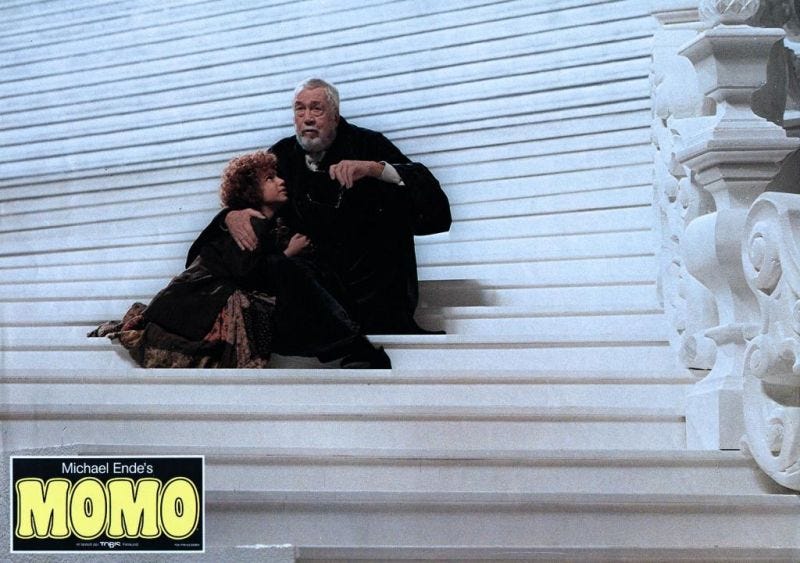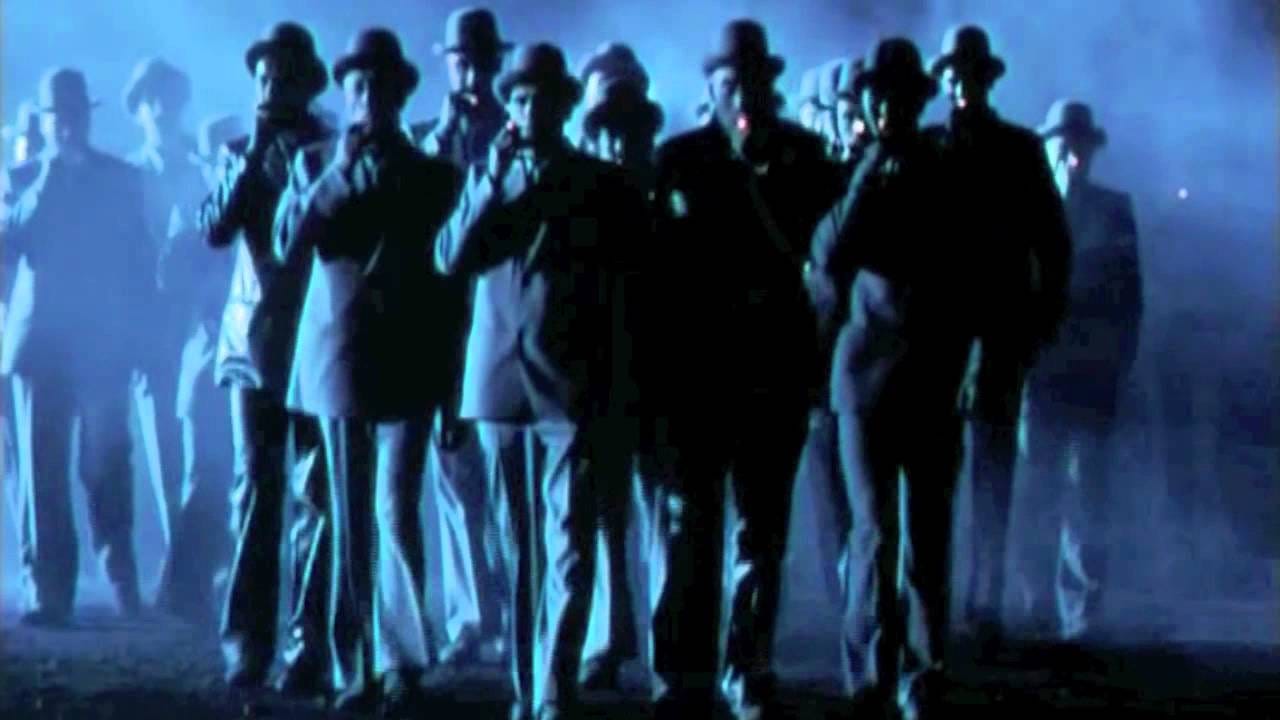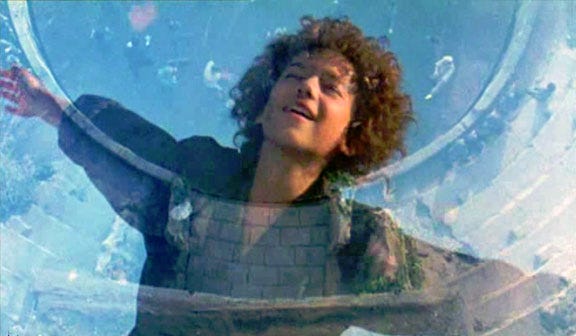Films You Need to See: MOMO (1986)
It should be a children's classic and deserves a proper restoration for a wider audience.
Many people know of THE NEVERENDING STORY, written as a novel by German author Michael Ende in 1979 and made into a film in 1984, but fewer know of Ende’s earlier novel MOMO, published in 1973 and made into a film in 1986.
The story is about a mysterious orphan girl named Momo who is befriended by the people living in her small village, and her fight against an evil army of Men in Grey, who are stealing time away from the townspeople.
The film itself is an enigma, with very little information available online about its production. It was a German/Italian production, filmed in Italy and starring a mix of Italian and German actors. What’s weird about it is the dialogue, which appears to be originally filmed with different actors speaking different languages. The film’s initial July 1986 release was only in Germany and Italy, but it’s unclear which language the original theatrical version would have been screened in.
DVDs and Blu-Rays of the film are out there, but as European imports only, with alternate audio tracks in English, German, and Spanish. Apparently however, there are no English subtitles, so unless you understand German or Spanish, that is a problem. John Huston, who plays the character Meister Hora in his final film role, appears to be the only actor whose on-set English dialogue is used. Momo herself, played by German model Radost Bokel, appears to mouth words in English as well, but her voice in all dubbed tracks sounds like it’s played by someone else. Either way, you are left with either watching it un-subtitled and all in English, German, or Spanish. The English dub is inconsistent, with wonderful voices for Momo and the Men in Grey but poor voices for all other characters.
Various versions of the film have surfaced on YouTube in varying degrees of quality…
English audio (poor quality picture), English audio (better quality picture as a playlist) Italian audio, and various uploads with German audio — but no English subtitles appear on any of the non-English versions. (Sadness.)
‘Tis a conundrum and a pity that the film cannot be viewed with a better consistent audio track, because visually and cinematically, it’s an absolute delight. The faces of the actors are otherworldly and beautiful, the set designs are fantastic, and the musical score is lovely. A sequence with children at play in a make-believe sea storm is pure magic, edited with grace as scenes inter-cut between reality and fantasy. Sequences of the Grey Men are lit in highlights of blue and dark shadows, and makes one wonder if the film had an influence on Alex Proyas’ masterpiece DARK CITY, with its story and visual parallels.
Michael Ende himself makes a cameo in the opening scene, riding a train with John Huston as Meister Hora. After being famously disgusted with the film version of THE NEVERENDING STORY, he wanted to be more involved in adapting MOMO to film, hence the adaptation this time around is much more faithful to the book. (To be fair, NEVERENDING STORY as a book was practically un-filmable given what technology they had in the mid-80s, so it’s pretty damned impressive what they pulled off with what they had. The story of MOMO has no luckdragons, Gmorks, or Ivory Towers to realize, but it does have an animatronic turtle named Cassiopeia and some flying sequences which are less than convincing. But you know, it was the ‘80s.)
All things considered, without any North American release at all, MOMO remains a gem of European fantasy cinema that is unknown to so many. It has the feeling of a Terry Gilliam film with its nightmarish visions, child-like wonder, quirky characters, and delightful weirdness. If you can get past the unfortunate and clunky audio dubbing and try to simply follow the wonderful story for what it is, it’s well worth your time. For the kinds of stories I want to tell myself, I find a great deal of inspiration in the original book, and in this particular film adaptation. It should be a children's classic and deserves a proper restoration for a wider audience.









